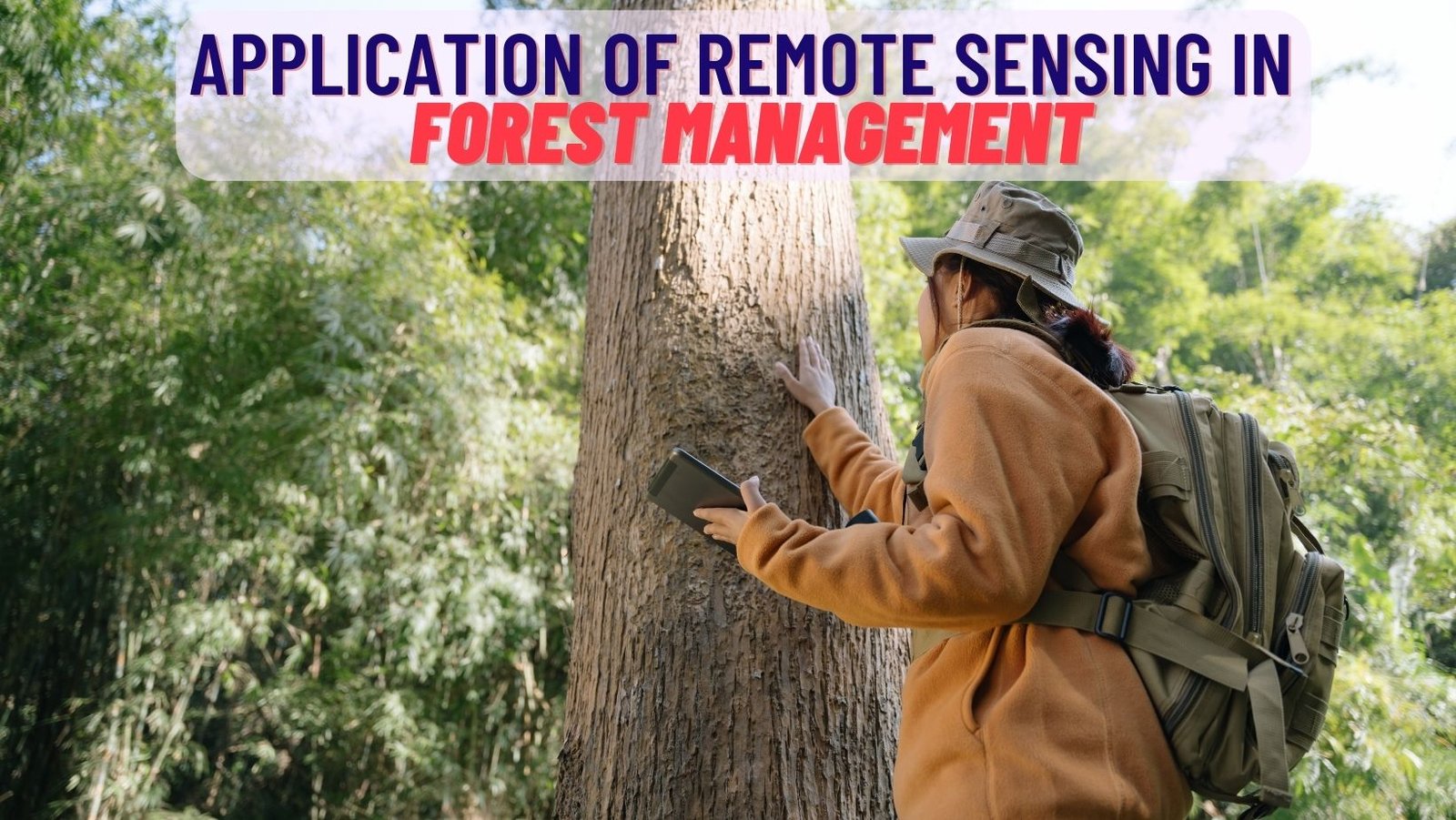Forests are an essential part of our planet’s ecosystem. They provide us with a variety of benefits, including clean air, water, and timber. However, forests are also under threat from a number of factors, including deforestation, climate change, and pests and diseases.
Remote sensing is a powerful tool that can be used to help manage forests and protect them from these threats. Remote sensing is the acquisition of information about an object or phenomenon without making physical contact with it. This information can be used to create maps, identify different types of vegetation, and track changes in forest cover over time.
There are a number of different remote sensing technologies that can be used for forest management, including:
- Optical sensors:These sensors measure the amount of reflected light from different wavelengths of the electromagnetic spectrum. This data can be used to map the distribution of forest cover, identify different types of vegetation, and assess the health of individual trees.
- Radar sensors:These sensors measure the amount of reflected radio waves from the Earth’s surface. This data can be used to map forest structure, detect changes in forest cover, and monitor forest fires.
- LiDAR sensors:These sensors measure the distance to the Earth’s surface by emitting laser pulses and recording the time it takes for the pulses to return. This data can be used to create three-dimensional models of forests, which can be used to assess forest volume and biomass.
Remote sensing data can be used to support a variety of forest management activities, including:
- Forest inventory: Remote sensing data can be used to create forest inventories, which are a detailed assessment of the size, condition, and composition of a forest. This information can be used to manage forests for timber production, recreation, or conservation.
- Forest planning:Remote sensing data can be used to develop forest management plans, which outline the goals and objectives for a particular forest. This information can be used to allocate resources, set priorities, and monitor the effectiveness of management activities.
- Forest monitoring:Remote sensing data can be used to monitor changes in forests over time. This information can be used to track the effects of climate change, human activity, and natural disturbances.
Remote sensing is a valuable tool for forest management. It can be used to collect data on a variety of forest characteristics, and this information can be used to support a variety of management activities. As remote sensing technology continues to develop, it is likely that its applications in forest management will continue to grow.
Here are some specific examples of how remote sensing is being used in forest management today:
- Mapping forest cover:Remote sensing data is being used to map the distribution of forest cover at a variety of scales. This information is being used to track deforestation, monitor forest restoration efforts, and identify areas that are at risk of forest fires.
- Identifying different types of vegetation:Remote sensing data is being used to identify different types of vegetation within forests. This information is being used to assess the diversity of forest ecosystems, track the effects of climate change, and identify areas that are suitable for different types of timber production.
- Assessing the health of individual trees:Remote sensing data is being used to assess the health of individual trees. This information is being used to identify trees that are at risk of dying, track the effects of pests and diseases, and manage forests for sustainable timber production.
- Monitoring forest fires:Remote sensing data is being used to monitor forest fires. This information is being used to identify fires early, track their spread, and assess the damage they cause.
Remote sensing is a powerful tool that can be used to improve forest management. As the technology continues to develop, its applications in forest management are likely to continue to grow.
How can you use remote sensing in forest management?
If you are interested in using remote sensing in forest management, there are a number of things you can do. First, you need to gather data. This can be done by purchasing or acquiring remote sensing data from a variety of sources. Once you have the data, you need to process it. This can be done using a variety of software programs. Finally, you need to analyze the data and use it to make informed decisions about forest management.
If you are not familiar with remote sensing, there are a number of resources available to help you get started. The United States Forest Service has a number of publications on remote sensing and forest management. There are also a number of online courses and tutorials that can teach you the basics of remote sensing.
Conclusion
Remote sensing is a powerful tool that can be used to improve forest management. As the technology continues to develop, its applications in forest management are likely to continue to grow. If you are interested in using remote

